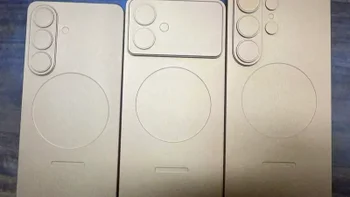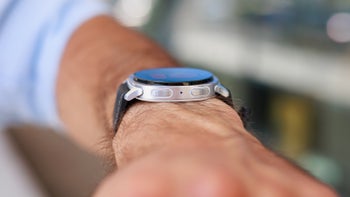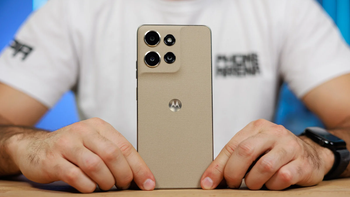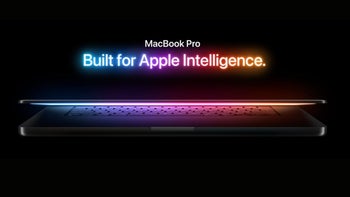Motorola and Siemens Form Relationship to Accelerate Availability of 3G Handsets
Siemens Information and Communication Mobile (IC Mobile) and Motorola announced a collaboration on the development of Siemens mainstream UMTS (Universal Mobile Telecommunications System) terminals using Motorola's i.300 Innovative Convergence(TM) 3G platform, a comprehensive silicon-to-software, integrated UMTS solution. Siemens' outstanding competence in mobile networks and solutions has already been demonstrated in the first commercial UMTS networks in Europe. Moreover, joining forces for interoperability testing (IOT) with real equipment in an end-to-end environment will enable both partners to strengthen their leadership position in 3G mobile communications. Motorola and Siemens are positioned to accelerate market adoption of 3G and make a new, multimedia communication experience available to their customers and consumers.
With this long-term agreement, Motorola SPS will provide Siemens with the i.300 Innovative Convergence platform including the DragonBall(TM) MX microprocessor series, which provides applications processing and multimedia capabilities. With the i.300 platform, Siemens IC Mobile acquires unprecedented flexibility for developing and delivering integrated state-of-the-art UMTS products, tailored to the needs of Siemens' customers. This is a major step to support all of Siemens' customers as they migrate to UMTS. The first UMTS terminals based on the i.300 platform are expected to be available in early 2004. In order to prepare Siemens' customers for a seamless adoption of this new technology at earliest availability, Motorola's Personal Communications Sector (PCS) will provide Siemens with its first 3G terminals, specifically customized for Siemens, from fourth quarter 2002 and into 2003.
"This decision will best position Siemens to support our customers on their way to UMTS and to achieve rapid adoption of this new technology in the market place," emphasized Rudi Lamprecht, member of the Managing Board at Siemens AG. "Together with the experience we have in installing and starting the first UMTS networks in Europe, at the Isle of Man and in Monaco, as well as our mobile solutions, we will extend our end-to-end solutions to 3G. We are, therefore, poised to take advantage of tremendous growth opportunities. And, importantly, we are able to prepare the market with our customers for the real value UMTS will bring to the consumer."
"Our relationship with Siemens Mobile is powerful proof of Motorola's leadership in 3G technology, including integrated UMTS chipset technology and dual-mode UMTS terminals. It also confirms that our wireless platform strategy meets market expectations," said Edward Breen, president and chief operating officer, Motorola. "Siemens has long been among the top global brands, and their confidence in us is driven both by our expert wireless systems knowledge and by the strength of our i.300 platform. Motorola and Siemens are formidable leaders in technology and innovation. As our collaboration enables the more rapid adoption of UMTS networks, this agreement will benefit Siemens, Motorola, our customers and the consumer."
The first device that Siemens intends to bring to market in 2002 will be based on the Motorola's A820, which meets a full array of enterprise communication and entertainment needs in one handheld, compact device. This terminal, which is based on technology from which the i.300 platform is being developed, combines high-speed voice, data and video capabilities such as MMS (Multi-media Messaging Service), Multi-call, camera, MP3 player, downloadable ring tones, games and Bluetooth(TM) wireless technology.
About the i.300 Platform
The i.300 platform, announced in February 2002, gives terminal providers fast and easy access to extremely complex embedded UMTS technology, which Motorola has been developing and testing for the past five years. It is a seamless, full-system solution for developing competitive voice-data phones, feature-rich multimedia phones, and video-communicators. The industries' first comprehensive 3G UMTS platform combines all the elements required to launch a next-generation network: an advanced chipset, UMTS application platform software, development tools, reference design, test environments, and type certification support. The DragonBall MX microprocessor based on the ARM9(TM) core features an optimal balance of low power, high performance, the industry's highest integration and a rich peripheral set.












Things that are NOT allowed:
To help keep our community safe and free from spam, we apply temporary limits to newly created accounts: